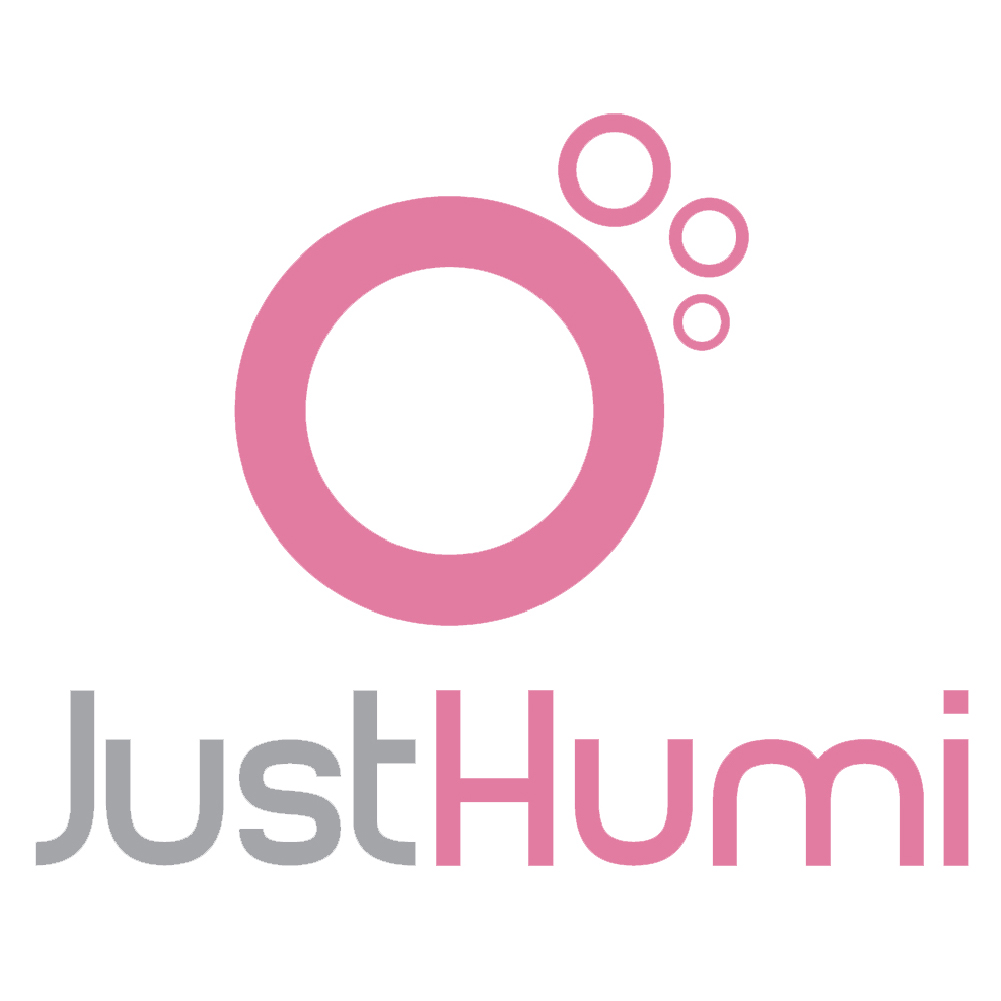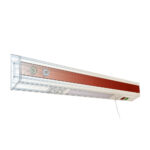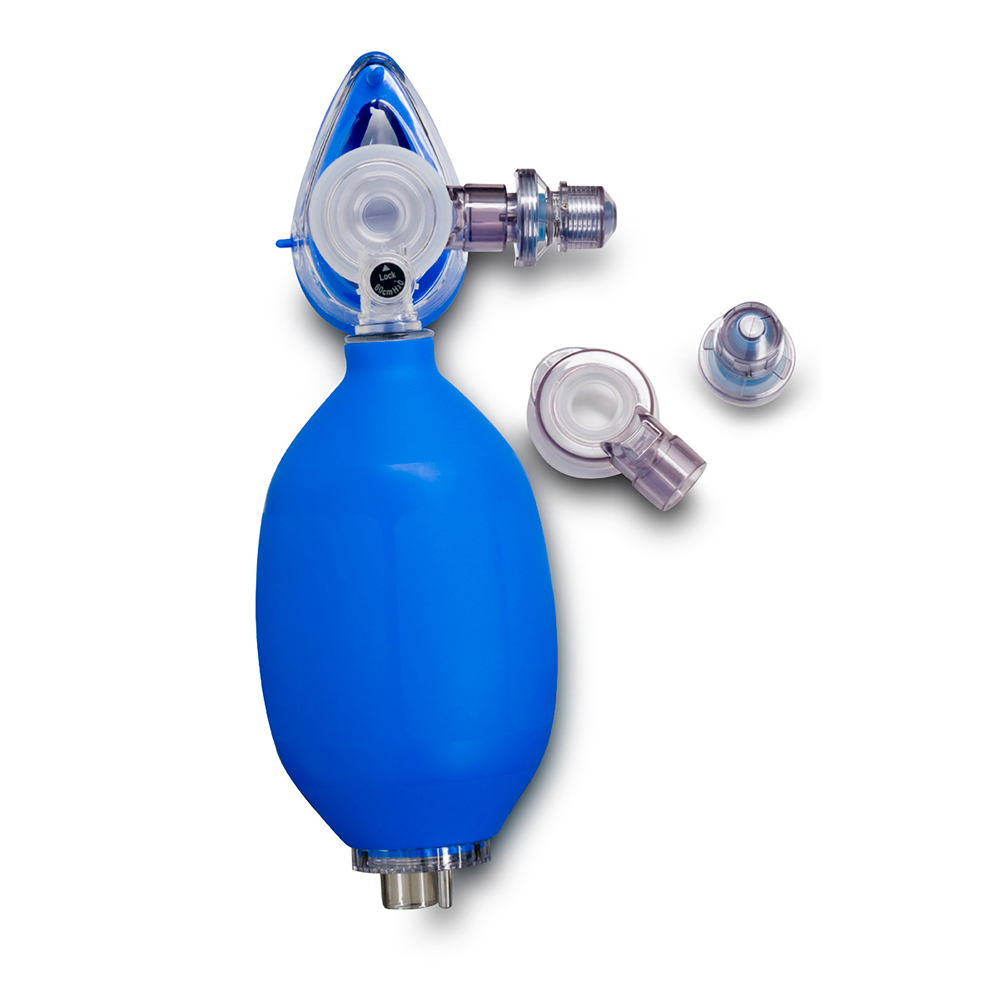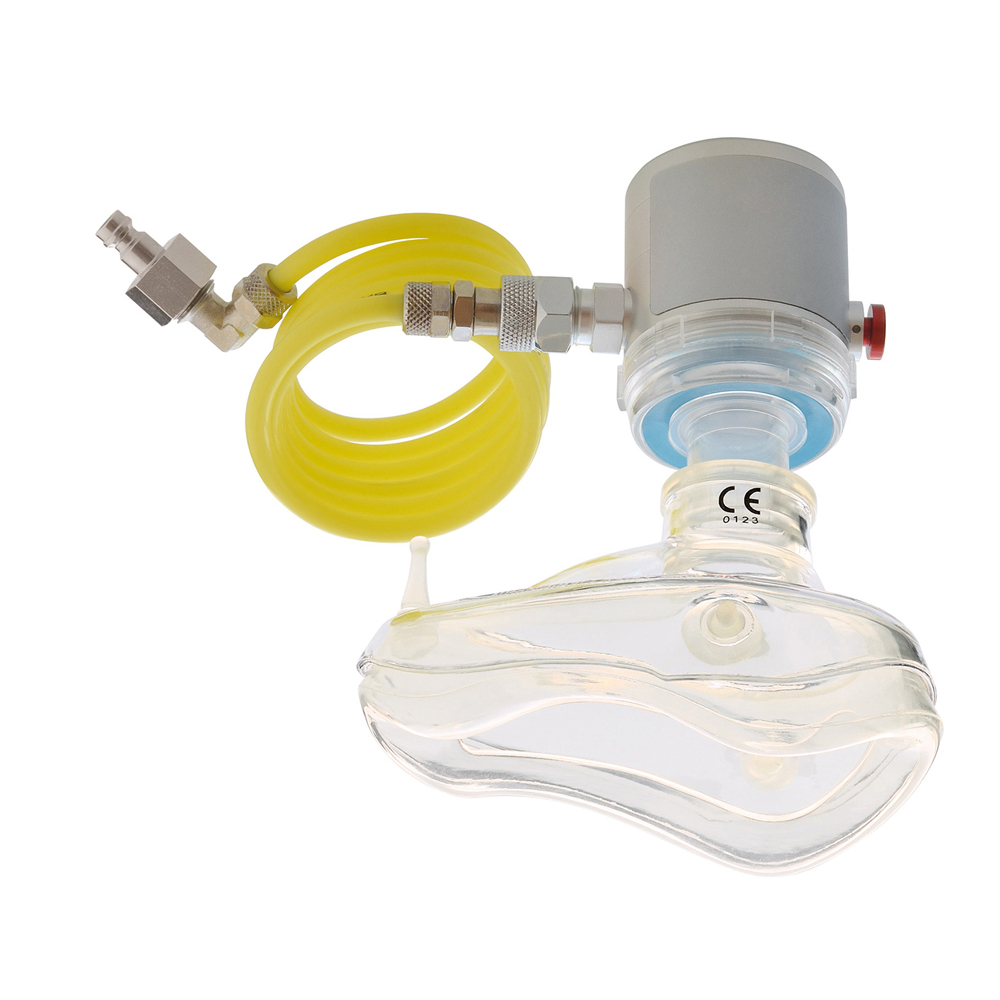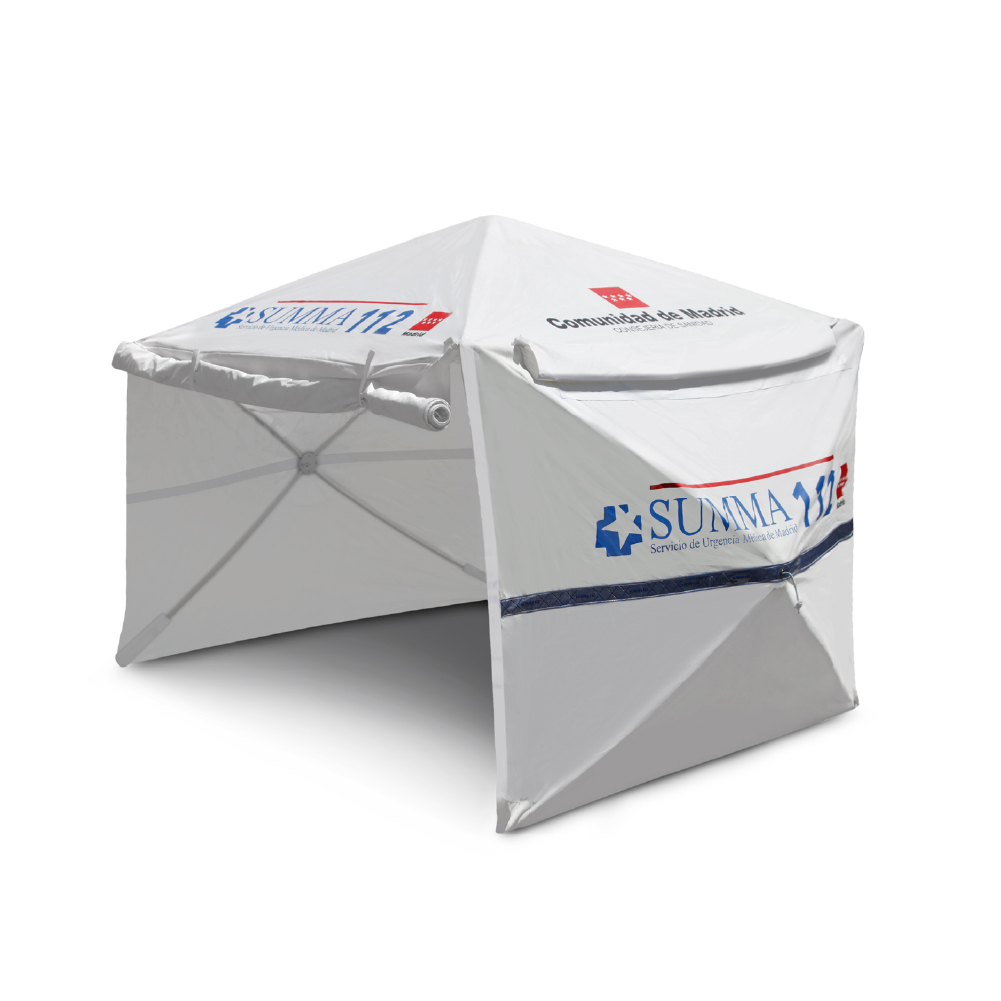Cardiovascular disease (CVD) is the leading cause of death worldwide, with around 18 million deaths annually. Furthermore, a high percentage of these deaths are premature1. Every September 29, the World Heart Federation celebrates World Heart Day in more than one hundred countries, including Spain, with the aim of promoting preventive measures and raising awareness about the importance of the fight against cardiovascular diseases so that these high numbers are a thing of the past.
Therefore, on the of World Heart Day, which is celebrated on September 29, we want to take the opportunity to comment on the benefits of the use of our Nitric Oxide equipment in certain diseases and cardiovascular operations. One of the conditions in which our NOXtec team helps in this field is heart and lung transplants.
There are several studies that demonstrate the benefit of iNO in heart surgeries2. It also stands out for its characteristics as a selective pulmonary vasodilator and is used in the assessment prior to transplantation in the case of children undergoing heart transplantation.
The NOXtec 1000 is an inhaled nitric oxide device that delivers NO during mechanical ventilation with the oxygen (O2) / medical air mixture into the inspiratory limb of the ventilator through an injector system that detects the onset of inspiration and manages the flow. NO only during the inspiratory phase. It is a very advanced technology and its main benefits include automated as well as manual dosing, real-time monitoring of the dose, self-calibration and it also has an automatic cylinder exchange system.
Our equipment also monitors the trace amount of nitrogen dioxide (NO2) in the mixture, a highly toxic gas that can compromise patient safety during the application of this therapy, so that a predetermined threshold value is not exceeded.
It is a team that is already sold in more than 15 countries and that during the Arab Health3 international medical exhibition in which we participated in 20214, the team attracted the interest of several companies from the United Arab Emirates, Bahrain, Egypt and Iraq, among others. Therefore, we want to express the great satisfaction of contributing to improve the treatments and operations related to this condition and that our technology is used and known in more and more countries.




